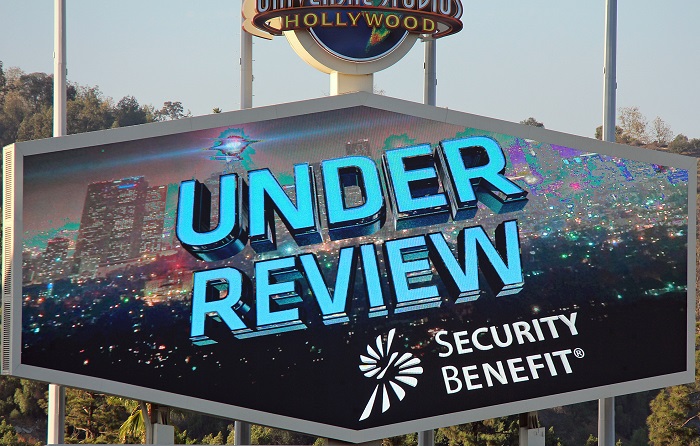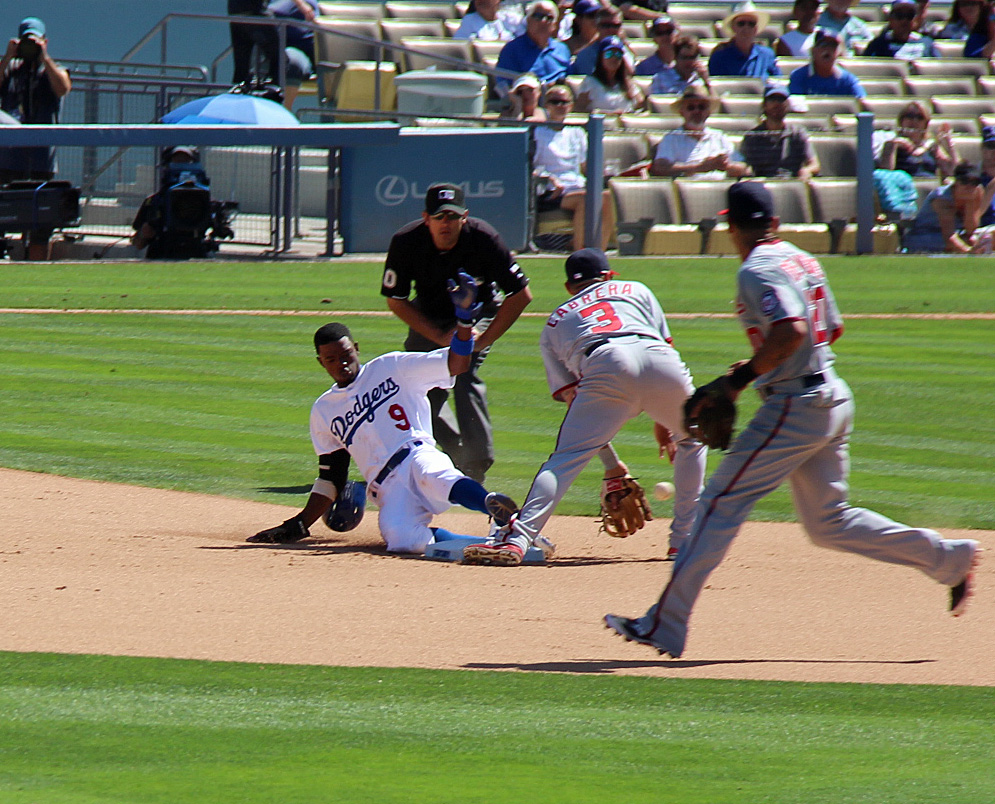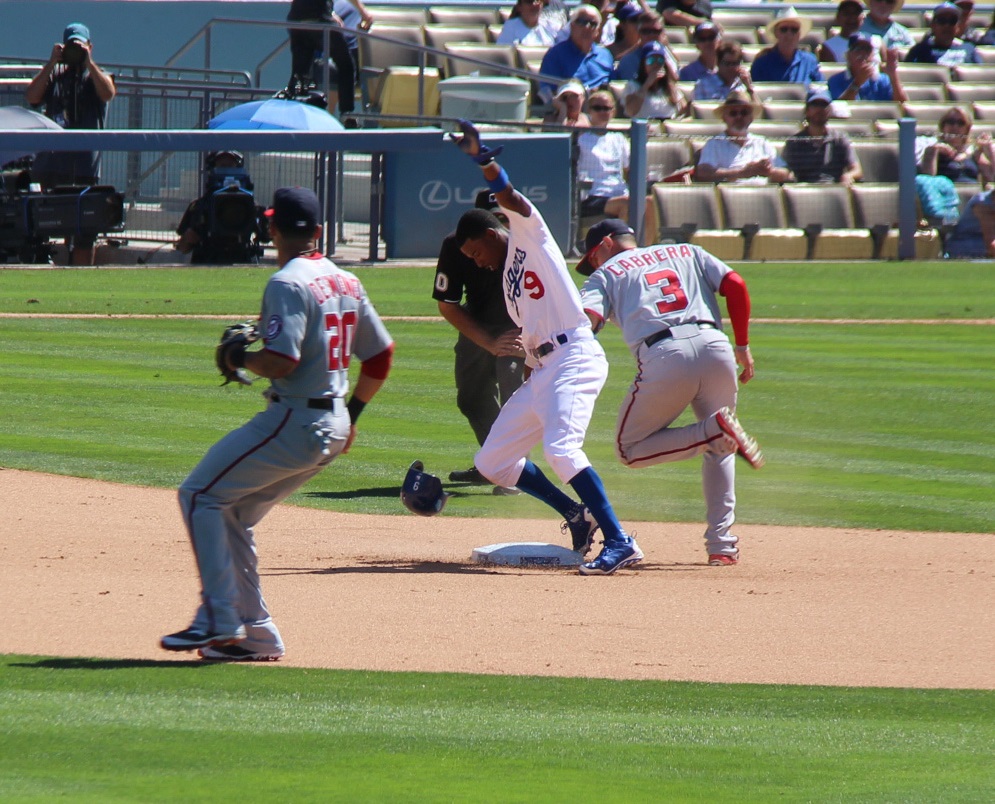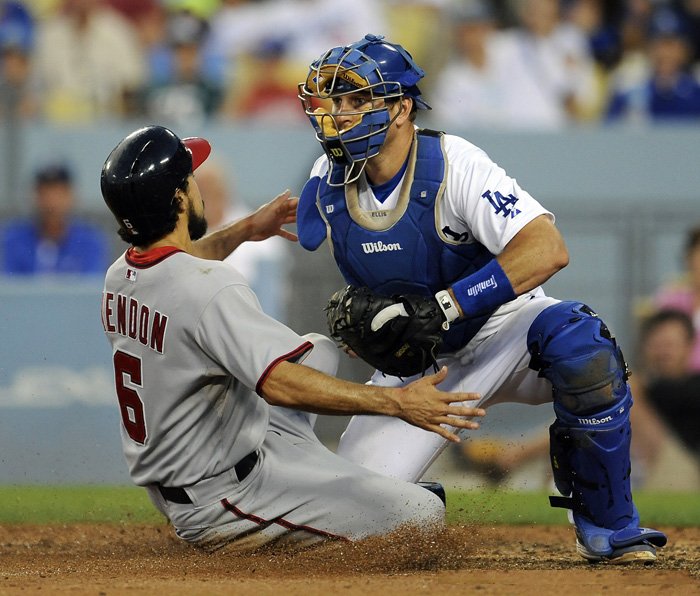At first it seemed to be just a fluke – a guy steals second base and clearly beats the tag and is ruled safe but the opposing manager challenges the call. Sure enough, super slow motion reveals that the runner took his foot off the bag for a millisecond while the infielder held the tag on him and the call on the field is overturned – the runner is out. Before video review no one would have even given the initial call a second thought – the runner had another stolen base on his stat sheet and the catcher another ding on his.
But what was initially thought to be a rare occurrence is now becoming a common practice for infielders who have adjusted to it. They are placing and holding their tag on runners long after the play and are capitalizing on the fact that the runner’s momentum almost always causes them to come off the bag, if even for a fraction of a second – a fraction of a second that even the well-trained eye of an MLB umpire cannot see in real time but is absolutely indisputable on instant replay in super slomo.

When a runner steals a base you can pretty much count on seeing this on the Dodger Stadium video boards. (Photo credit – Ron Cervenka)
For the most part the use of video review has been well received by most players and fans alike, a lot better than even the biggest pundits thought it would (those who argued that it removes “the human element” from the game). But whether you are a proponent or an opponent of instant replay, there is absolutely no argument that it has changed the way that players take care of business (at least it better have), and overturned safe calls at the respective bases is now forcing base running coaches to re-evaluate their baserunning/base stealing tactics (at least it better have).

During Wednesday’s game against the Nationals, Dodgers second baseman Dee Gordon clearly stole second base and was called safe.

But a challenge by Nationals manager Matt Williams showed that Gordon’s foot came off the bag for a fraction of a second while Nationals second baseman Asdrubal Cabrera had his glove on Gordon and the call on the field was overturned. (Photo credit – Ron Cervenka)
While there is indisputable evidence that head-first slides have caused (and continue to cause) a significant increase in the number of thumb and wrist injuries, they may be the only way to reduce the number of overturned safe calls on close plays at the respective bases. Feet-first pop-up slides are proving to be among the most overturned calls because the runner’s momentum invariably causes them to come off of the bag if even for only a fraction of a second. And while the old-fashioned ‘hook slide’ made famous by Dodgers legend Maury Wills may prevent the runner from coming off the bag, it also places the runner in a much more predictable position for the tag by the infielder.
As for plays at the plate, that’s a whole new can of worms entirely. The so-called “Posey Rule” (Rule 7.13) is, hands down, the worst rule change in the 145-year history of the MLB – bar none. While its intent is certainly very clear, it’s interpretation is anything but. It has created more confusion as to what baserunners and catchers (or others covering home plate) can and cannot do and it clearly gives an unfair advantage to the runner. While 7.13 allows for a catcher to block home plate if he has the ball in his possession (as he should be able to do), runners are routinely being called safe (usually as a result of video review) in spite of this fact.

In a rare but correct call at home plate, National’s shortstop Anthony Rendon was tagged out by Dodgers catcher A.J. Ellis even though Ellis was clearly blocking the plate. The reason, of course, is because Ellis had the ball well before blocking the plate, which Rule 7.13 allows for – this in spite of the fact that similar calls are frequently being overturned. And yes, the call was challenged but upheld. (Photo credit – Juan Ocampo)
There is little doubt that Rule 7.13 will be among the very first issues that MLB commissioner-elect Rob Manfred will be called upon to revise (or eliminate entirely). While the intent of Rule 7.13 is clearly understood, the interpretation of it changes from replay umpire to replay umpire. And make no mistake about it, every close play at the plate will be challenged because of this. Unfortunately, with less than four weeks remaining in the regular season, it appears that Rule 7.13 will not be revised before the 2014 postseason begins and you can pretty much count on quite a few Rule 7.13 challenges (and injustices) occurring this fall.
The point to all of this (aside from the Rule 7.13 nonsense) is that base stealers (and baserunners in general) are going to have to make adjustments to adjustments made by infielders if/when they utilize feet-first pop-up slides. If they do not, you can count on even more lengthy video reviews and overturned calls in the future.




 September 5th, 2014 at 6:00 am
September 5th, 2014 at 6:00 am  by Ron Cervenka
by Ron Cervenka  Posted in
Posted in 

ICYMI – Video review forcing teams to change sliding tactics – http://t.co/RgkHdfs7Yr
Video review is what it is for me. Just as I accept the DH which I really don’t like, I accept video review is here to stay.
My main concern is the absurdity of the process. The manager ambles out looking behind to get a clue from the bench if should lodge an appeal. He stalls until he gets the thumbs up or thumbs down. The process is just plain dumb.
If the manager is considering an appeal he should be forced to make a decision right on the spot instead of playing both sides of the street. Throw out a flag or have some other kind of signal without all the foolishness of stalling. If he thinks it is a wrong call then have the courage of his convictions. Pay your money and take your chances.